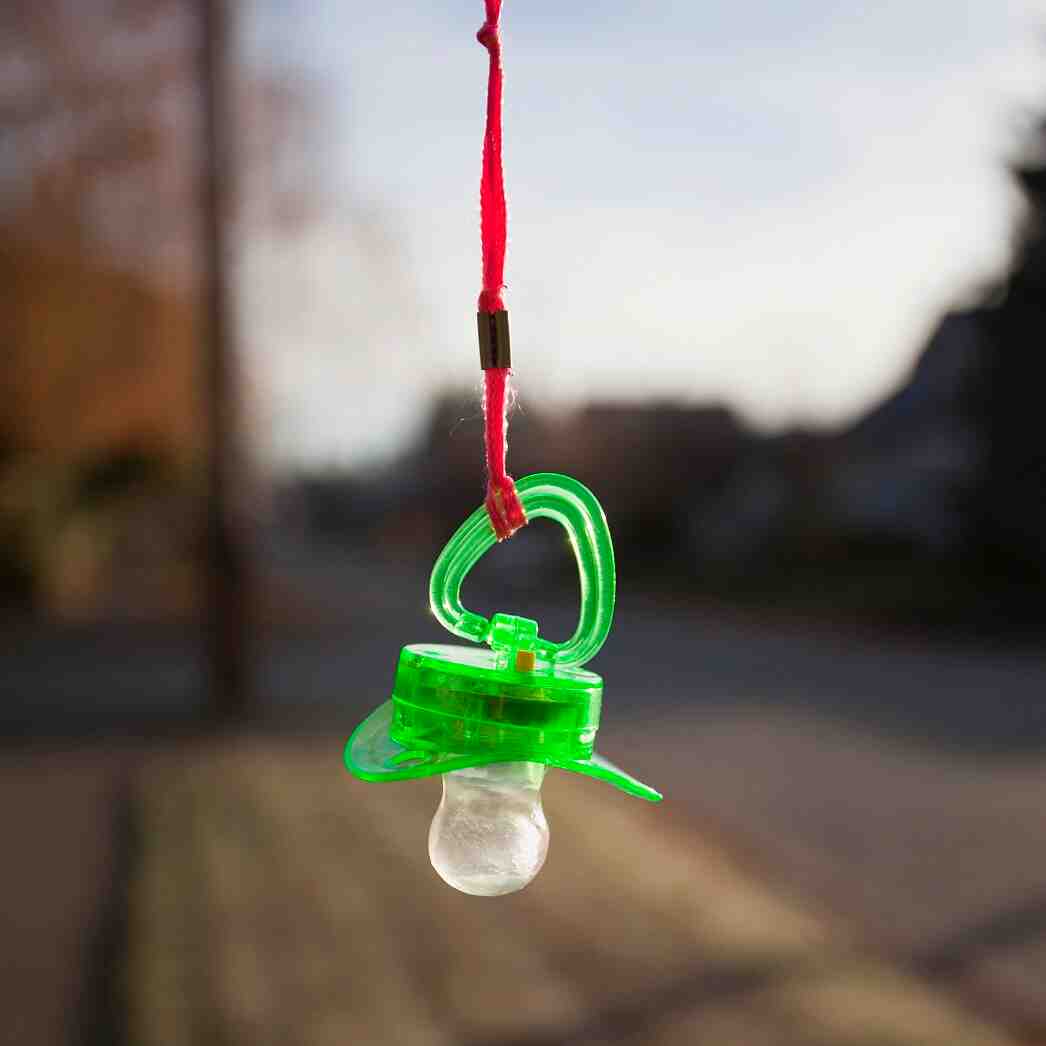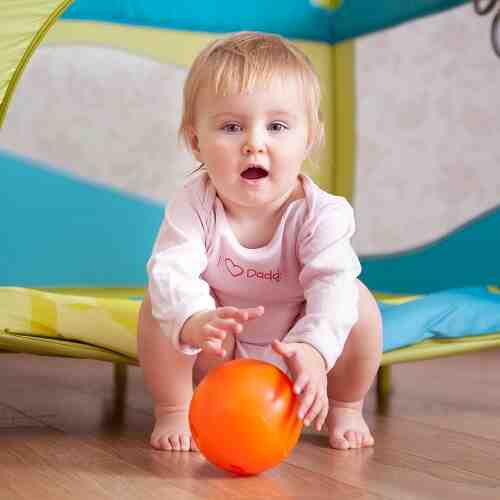Understanding Teether Recalls and Safety Regulations
As a parent, it’s essential to be aware of the safety standards and regulations surrounding baby products, particularly teething toys. Teethers are often put in babies’ mouths during one of the most sensitive times of their development, and ensuring that these products are safe is crucial. Unfortunately, recalls do happen, and sometimes even well-known brands may issue warnings due to safety concerns.
In this article, we will delve into teether recalls, how to stay informed, and the regulations in place to protect babies from unsafe products.
1. Why Are Teething Toys Recalled?
Teething toys are designed to soothe babies through a tough developmental milestone, but recalls can occur for several reasons. Some of the common reasons teething toys are recalled include:
a. Choking Hazards
- Small, Detachable Parts: Teething toys with small detachable pieces can break off and become a choking hazard. Babies often put everything in their mouths, and a small part can easily be swallowed or inhaled.
- Torn or Frayed Materials: Materials that tear or fray with prolonged use can expose sharp edges or create small pieces that pose a choking risk.
b. Toxic Materials
- Toxic Chemicals: Teething toys made from certain plastics or other materials may contain harmful chemicals, such as BPA, phthalates, or lead, which are dangerous if ingested. While many products are now BPA-free, older or improperly labeled products may still contain these harmful substances.
- Unsafe Fillers: Some teething toys are filled with gel to make them cooler for babies to chew on. If the material inside is toxic or the toy leaks, it could be dangerous for babies.
c. Design Flaws
- Defective or Dangerous Design: Sometimes, manufacturers release products with design flaws that weren’t evident during initial testing. A faulty design could lead to a risk of injury or harm, prompting a recall.
- Sharp Edges: Any teething toy that has sharp, hard, or brittle edges could cause injury to your baby’s gums or mouth.
d. Bacterial Contamination
- Mold Growth: If a teether has internal cavities or is made from porous materials, it could trap moisture, leading to bacterial or mold growth. This can be dangerous to your baby if they chew on the teether.
- Inadequate Cleaning Instructions: Some toys may have parts that are difficult to clean properly, contributing to the buildup of harmful bacteria.
2. How to Stay Informed About Teether Recalls
a. Government Websites
- U.S. Consumer Product Safety Commission (CPSC): The CPSC is a government agency that oversees the safety of consumer products, including baby products like teething toys. It regularly publishes recall notices for unsafe products. You can visit their website to check for any recent teether recalls.
- Canada Consumer Product Safety: If you live in Canada, the Consumer Product Safety section of Health Canada is responsible for managing recalls and safety issues related to consumer products, including baby items.
- European Union (EU) Safety Recalls: For parents in the EU, the European Commission provides safety recall information through the RAPEX system, which monitors dangerous products and issues recalls when needed.
b. Manufacturer Websites
- Direct Notifications: Many reputable brands have systems in place to alert customers directly if one of their products has been recalled. Signing up for newsletters or recall alerts on the manufacturer’s website is a good idea to stay updated.
- Customer Service: If you are concerned about a particular teething toy, you can contact the manufacturer directly to inquire about safety or whether there have been any issues with their products.
c. Social Media and News Outlets
- Social Media: Companies often announce recalls on their social media platforms, so following brands or retailers on platforms like Facebook, Instagram, and Twitter can be helpful.
- News Coverage: Recalls, especially large-scale ones, are often reported in the news. Keeping an eye on reputable news sources or consumer protection outlets can help you stay informed about any potential recalls.
d. Retailers and Online Marketplaces
- Online Retailers: Websites like Amazon and Walmart often provide recall notifications for the products they sell. Check the product page for any safety warnings or notices.
- Physical Stores: In the case of a recall, retailers may pull the affected teething toys from shelves and notify customers who purchased the item. Always ask about any known safety issues when shopping for teething products.
3. Safety Regulations for Baby Teething Toys
Teething toys, like all baby products, must adhere to strict safety regulations to ensure they are safe for use. These regulations are set by various governmental agencies and industry standards. Here’s a breakdown of some of the most important safety regulations for teething toys:
a. The Consumer Product Safety Improvement Act (CPSIA) – USA
- The CPSIA is a law that regulates the safety of consumer products, including toys and teething products. Under this law, manufacturers must ensure that their products meet specific standards regarding lead content, phthalates, and other toxic substances. Toys must be tested for safety and certified as compliant with the CPSIA before being sold.
- ASTM F963-17: This is the American standard for toy safety, which applies to teething toys as well. It includes guidelines on mechanical and physical safety, ensuring that the toy doesn’t present choking hazards, sharp edges, or any other risks.
- CPSIA Testing and Certification: Manufacturers are required to test their products and issue a Children’s Product Certificate (CPC), which confirms that their product complies with safety regulations.
b. European Union (EU) Standards
- EN 71 Safety of Toys: This is a European standard that sets out the safety requirements for toys, including teething toys. It covers aspects like mechanical properties, toxicology, and flammability, ensuring that toys are safe for babies and young children.
- REACH Regulations: The REACH regulation focuses on the safe use of chemicals in consumer products. It restricts the use of hazardous substances in toys, including teething products, to ensure that babies are not exposed to toxic chemicals.
- CE Marking: Products sold in the EU must carry the CE mark, indicating that they comply with all relevant safety standards and regulations.
c. Health Canada and Canadian Standards
- Health Canada enforces regulations through the Canada Consumer Product Safety Act (CCPSA), which ensures that teething toys are free from harmful chemicals and designed with safety in mind.
- Canadian Toy Association (CTA) Standards: Similar to ASTM standards in the U.S., the CTA works to ensure that toys meet high safety standards for babies and children in Canada, including teething toys.
4. How to Respond to a Recall
If you find that a teething toy you’ve purchased has been recalled, here’s what you should do:
- Stop Using the Toy Immediately: Cease use of the recalled teething toy to prevent potential injury or harm.
- Check the Recall Details: Look up the recall notice on government websites or the manufacturer’s website to see if your product is affected.
- Return or Exchange: Most recalls offer a refund, replacement, or store credit. Follow the recall instructions to return the product or get a replacement.
- Dispose of Unsafe Toys Properly: If the teething toy is too damaged or dangerous to return, make sure to dispose of it safely. If it contains small parts, take extra precautions to prevent accidental ingestion.
5. Conclusion
Teether recalls and safety regulations are crucial aspects of ensuring that your baby’s teething experience is as safe as possible. By staying informed about recalls, understanding the safety regulations in place, and carefully choosing teething products made with non-toxic, safe materials, you can help protect your baby from potential hazards. Always read recall notices and safety guidelines, and remember to regularly inspect your baby’s teething toys for wear and tear.





